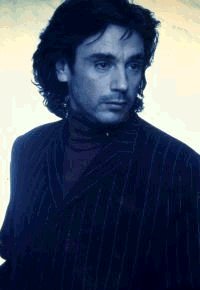
About
JEAN MICHEL JARRE

Name : Jean-Michel André Jarre
Date of Birth : 24th August 1948
Place of Birth : Perrache district of Lyon, France
Mother : Francette Pejot
Father : Maurice Alexis Jarre
Wife : Charlotte Tessa Rampling
Children : David Jarre
Barnaby Southcombe
Emilie Jarre
Short Biography
1968